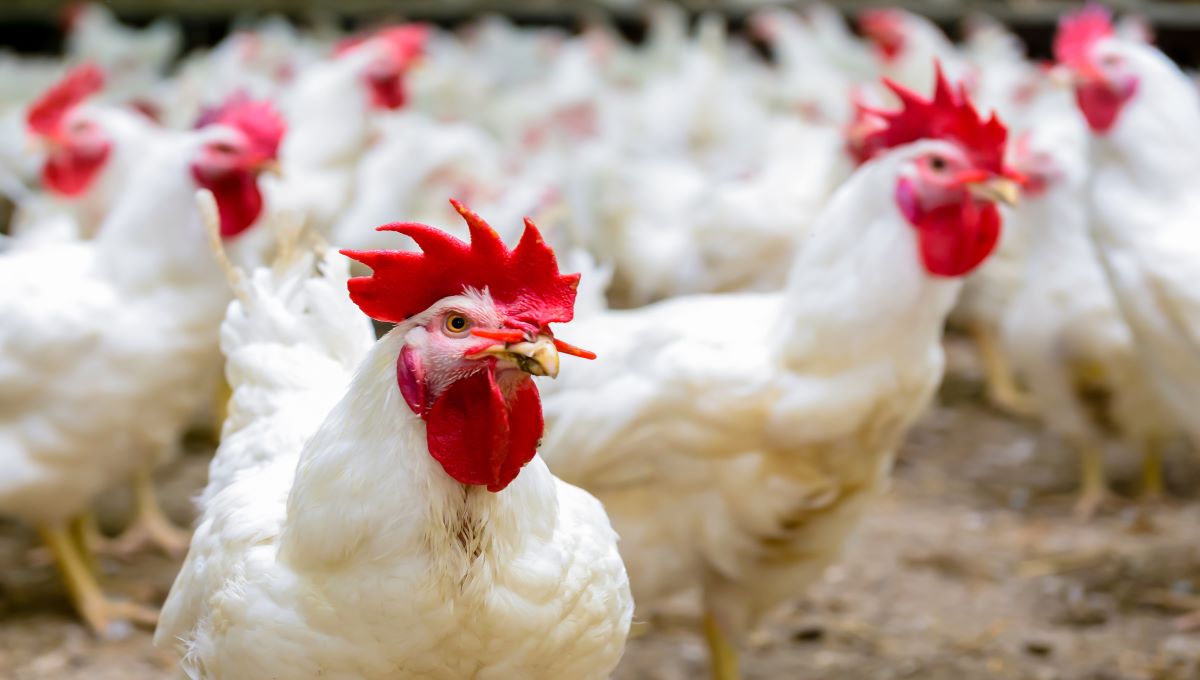The number of broiler flocks positive for Campylobacter in Norway increased in 2023 but is still at low levels, according to the latest data.
Surveillance in 2023 showed that 128 flocks, or 6.1 percent, were positive for Campylobacter.
This is from tests on broiler flocks slaughtered before 51 days of age during May and October by the owner or keeper. There was no information shared on the levels of Campylobacter detected.
The action plan on Campylobacter in Norwegian broilers has been running since 2001. The Norwegian Food Safety Authority (Mattilsynet) is responsible for implementing the surveillance program, while the Norwegian Veterinary Institute coordinates it, performs the laboratory investigations, analyses the data and communicates the results.
In total, 2,100 flocks from 505 farms were tested. Of all farms sampled, 83 had at least one positive flock, and of these, 28 had two or more positive flocks. Of farms with more than one positive, 18 had two positive flocks, seven had three positive flocks, one had four positive flocks and two had six positive flocks.
Carcasses from positive flocks were either heat treated or frozen for a minimum of three weeks before being marketed.
Results are within the range from 2020 to 2022 with 6.1, 5.8 and 4.8 percent positive flocks, respectively. The prevalence is still very low, compared to most other European countries.
Campylobacteriosis is the most commonly reported bacterial infectious disease in Norway. In 2023, the number of human infections was around 3,000 cases. Consumption of poultry meat purchased raw has been identified as a significant risk factor.
Grilled food risk assessment
Meanwhile, the Norwegian Scientific Committee for Food and Environment (VKM) has published a risk assessment on the health risks of eating grilled food.
The Norwegian Food Safety Authority’s current advice on grilling is based on a 2007 assessment from VKM. To give relevant advice to consumers and those who sell grilled food, the agency asked VKM for updated knowledge on the formation of process-induced contaminants in different food products by different grilling methods, and an assessment of what risk this may pose.
Heat treatment such as grilling and frying can create toxic compounds in the food, so-called process-induced contaminants. In Norway, the grilling season has become longer, the food selection has become wider and sales of different types of grills are increasing.
Findings include two groups of genotoxic and carcinogenic substances, heterocyclic amines (HAA) and polycyclic aromatic hydrocarbons (PAH), being formed in higher concentrations in grilled food than in fried food. The occurrence of PAH varies and depends on how food is grilled. Concentration of PAH is highest in very well-done meat with a high fat content, such as pork ribs and hamburgers.
“We find that for most people, there will be a low health risk associated with consumption of grilled food, but there may be some who grill mainly fatty meat products, often. They should grill in a way that reduces the formation of harmful substances,” said Espen Mariussen, scientific leader of the project group.
VKM is also assessing the public health risk from the tapeworm Echinococcus multilocularis.
The parasite lives primarily in red foxes, wolves, raccoons and other canines. Humans can act as an intermediate host. People can ingest parasite eggs through contaminated food or water. It can cause the disease echinococcosis, which can be fatal without treatment. An updated risk assessment will be published in June 2024.
(To sign up for a free subscription to Food Safety News, click here.)

